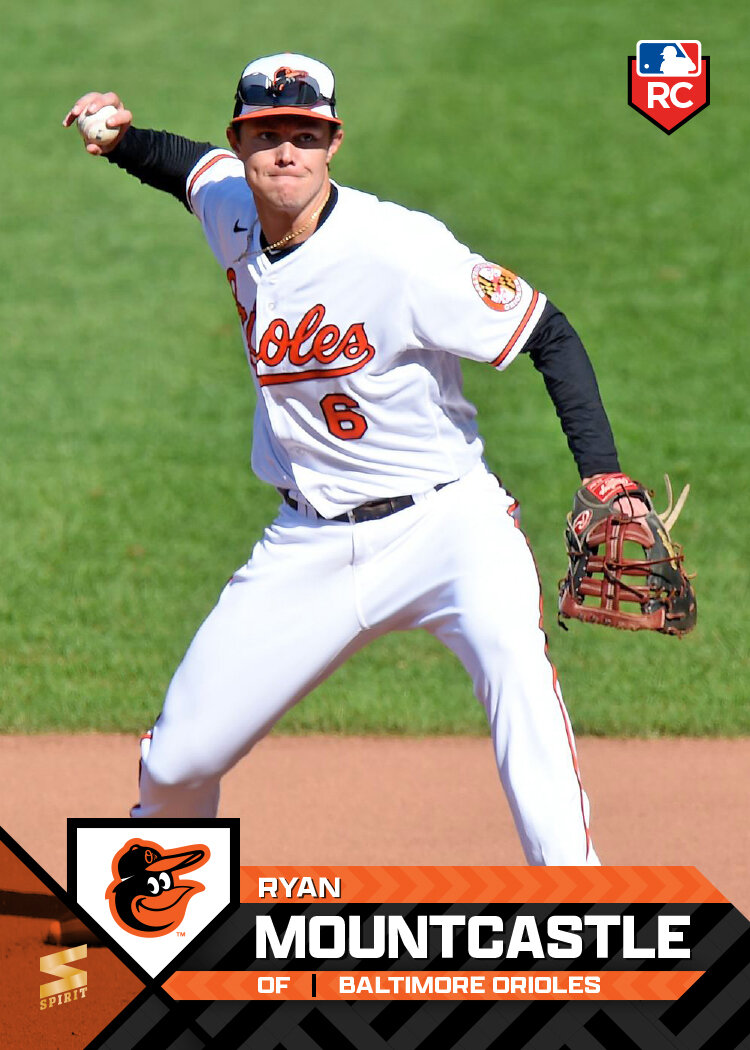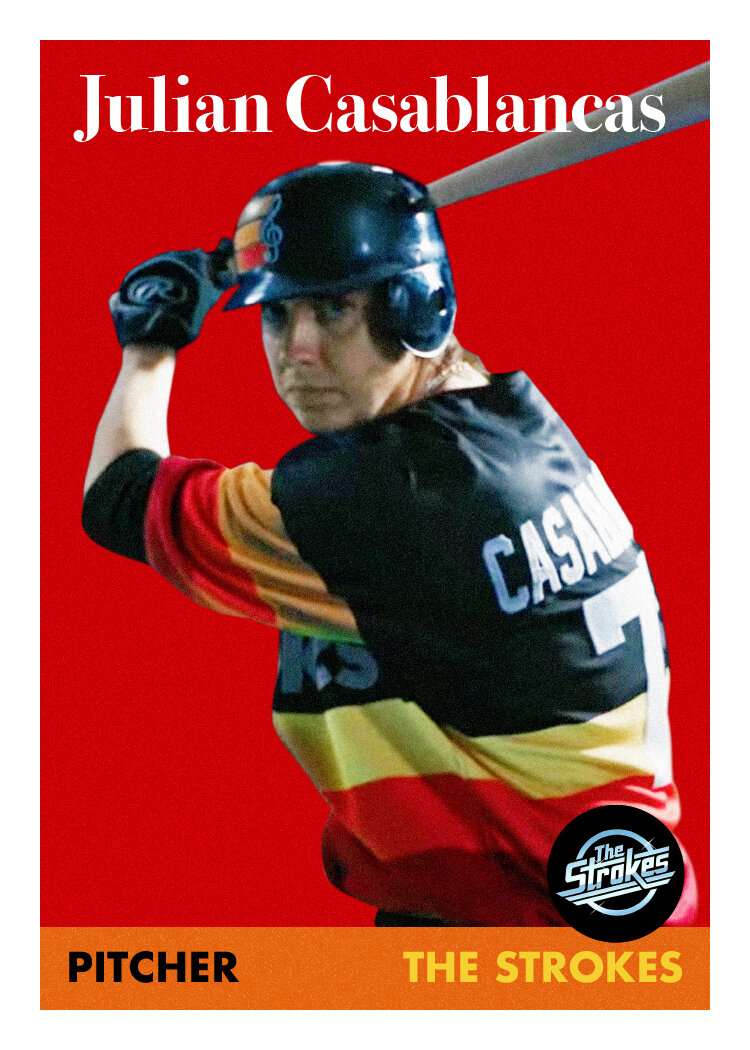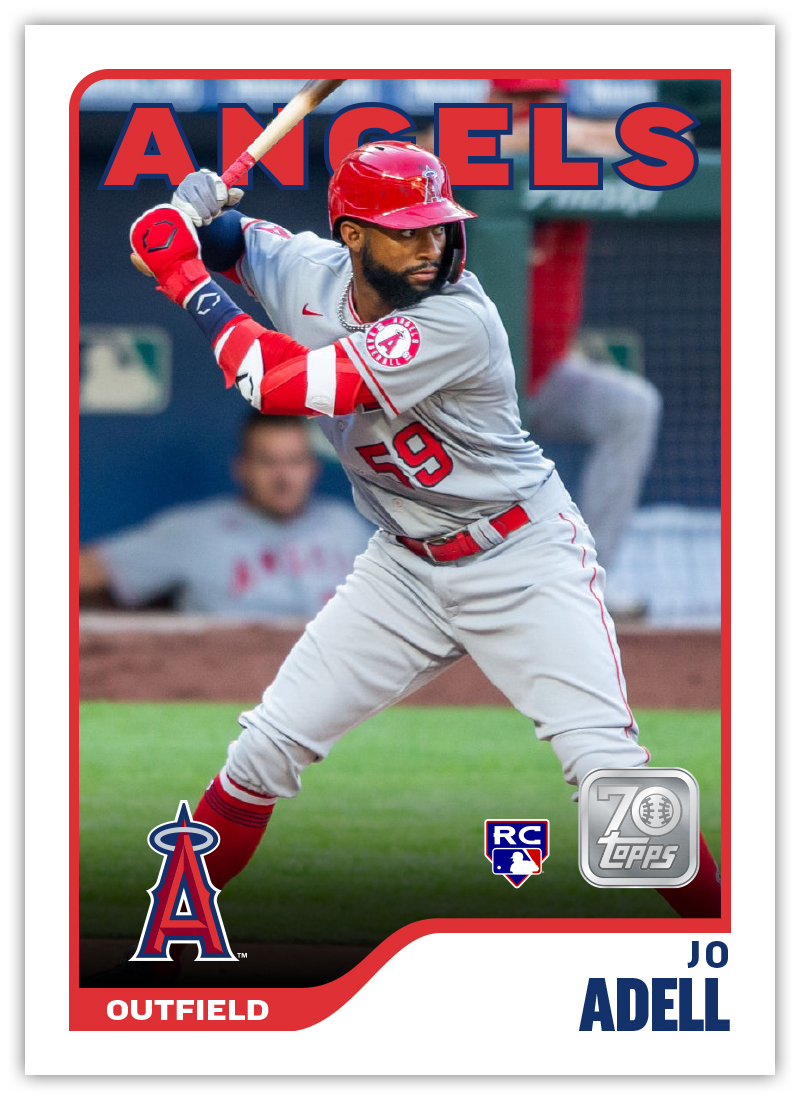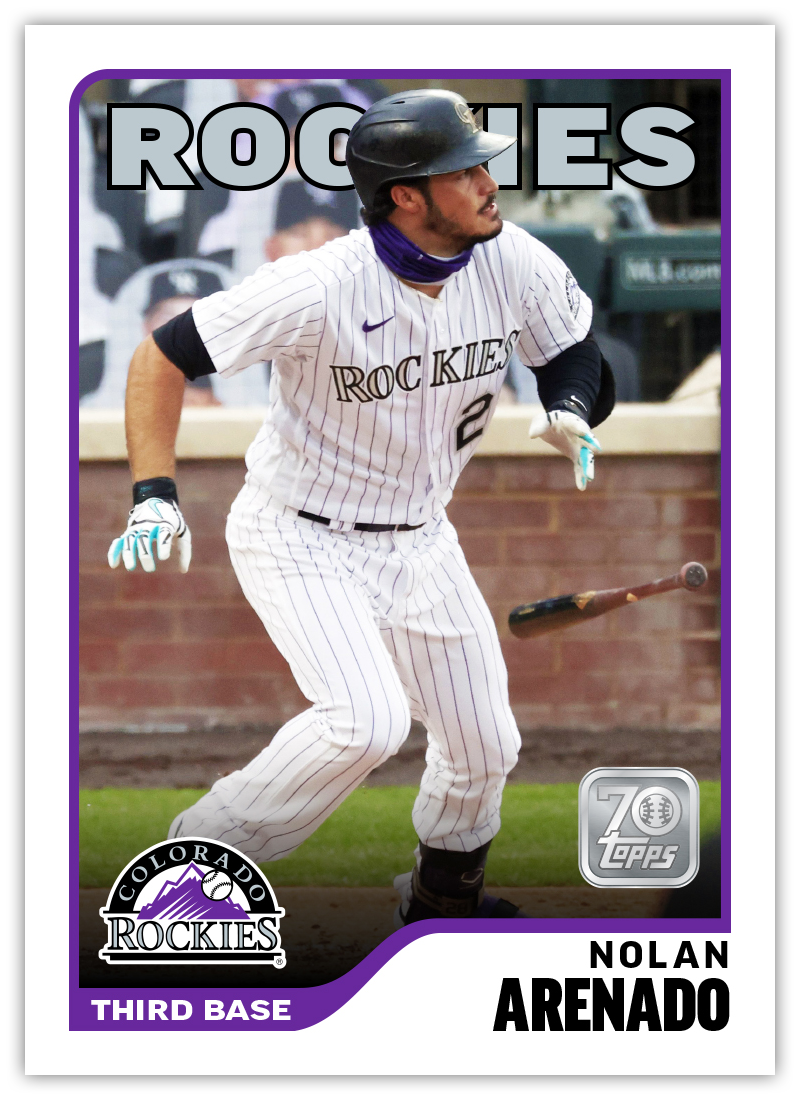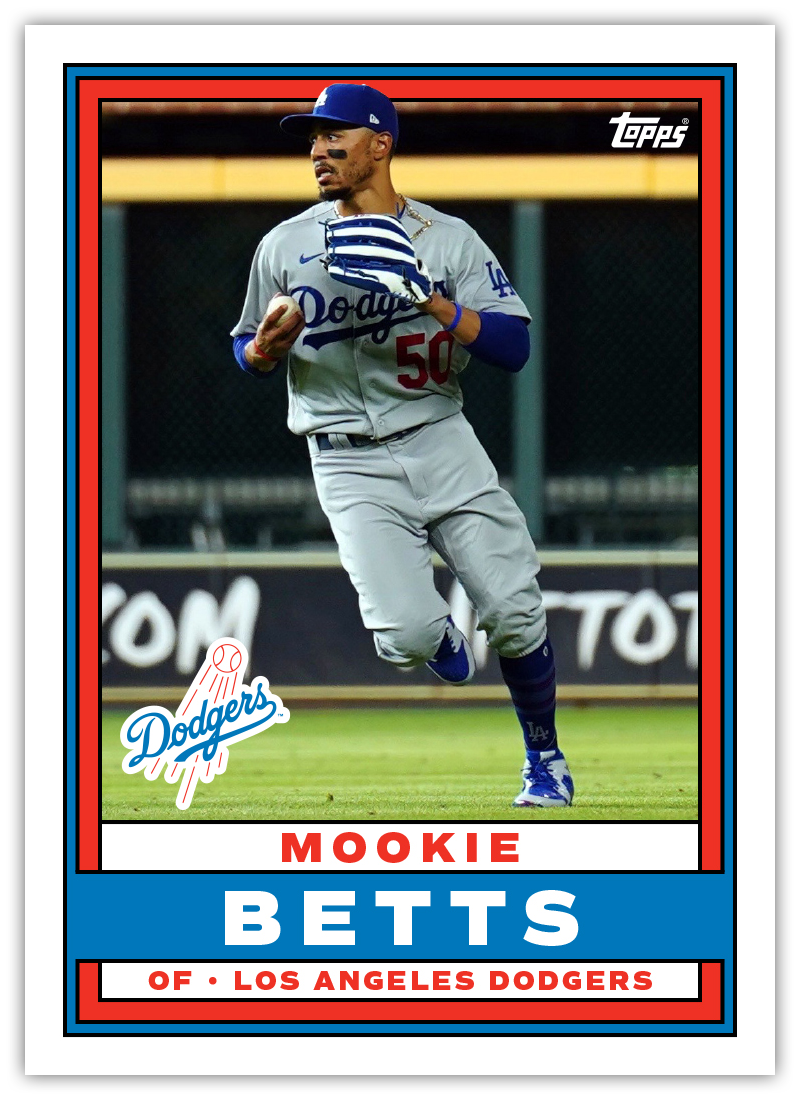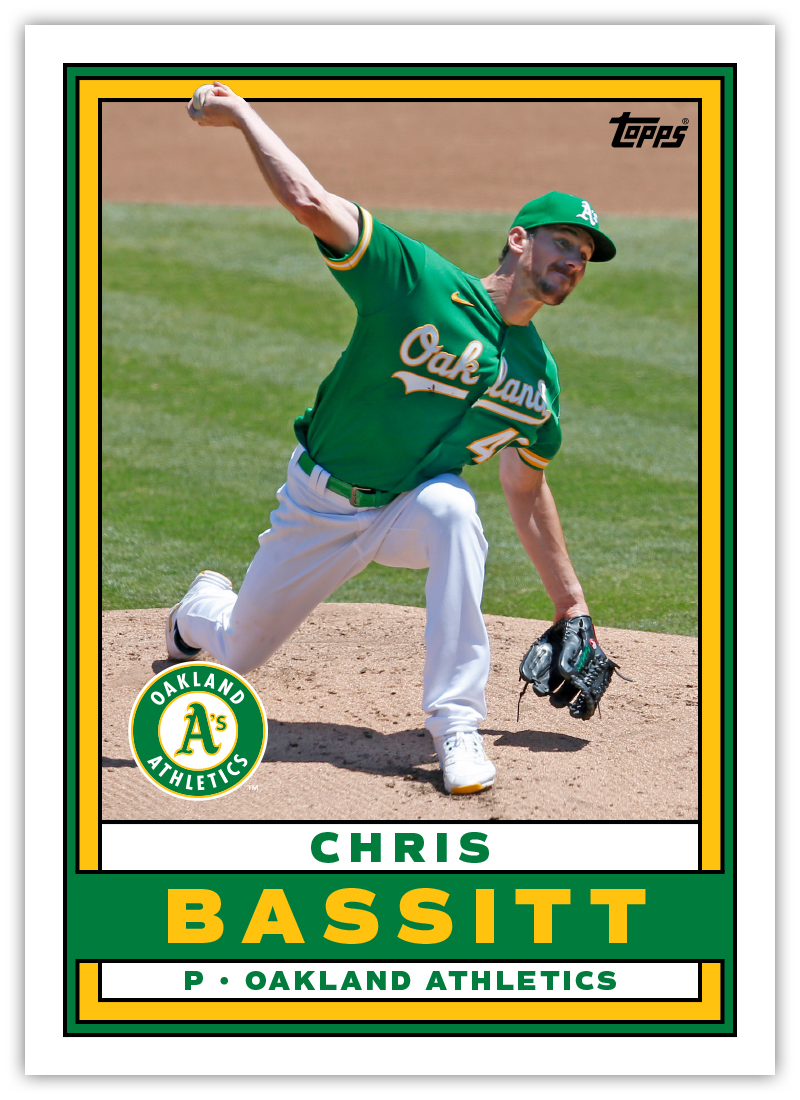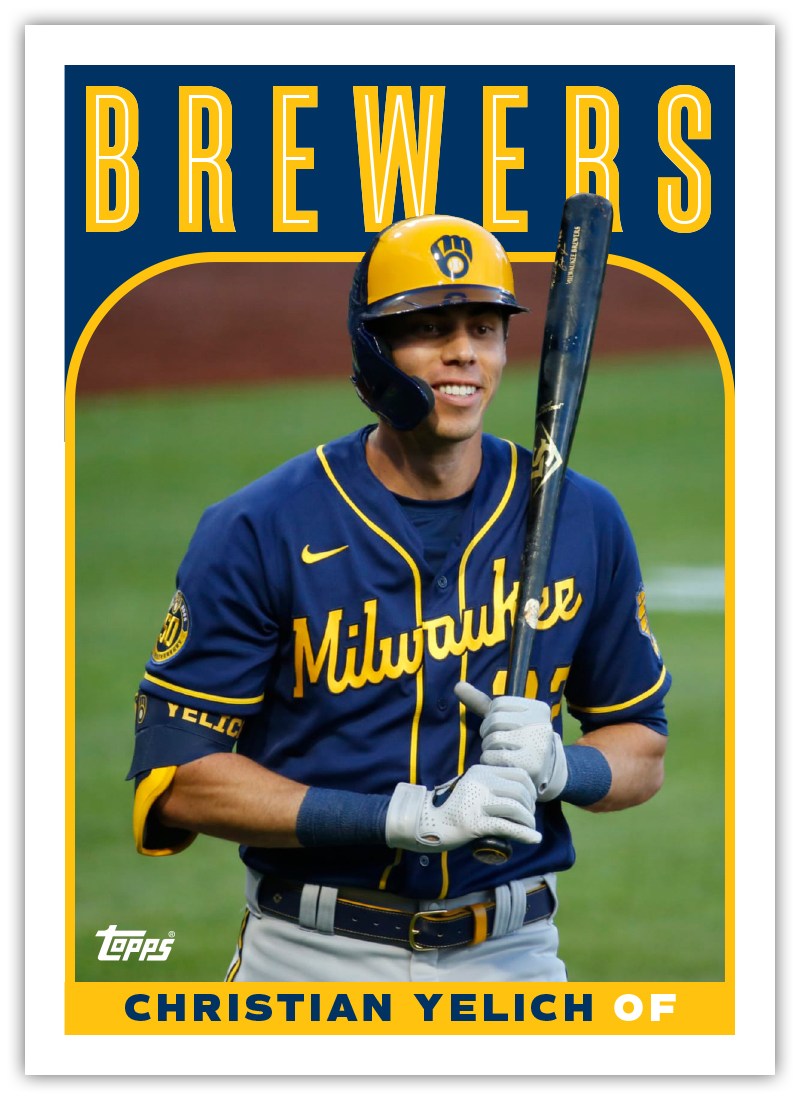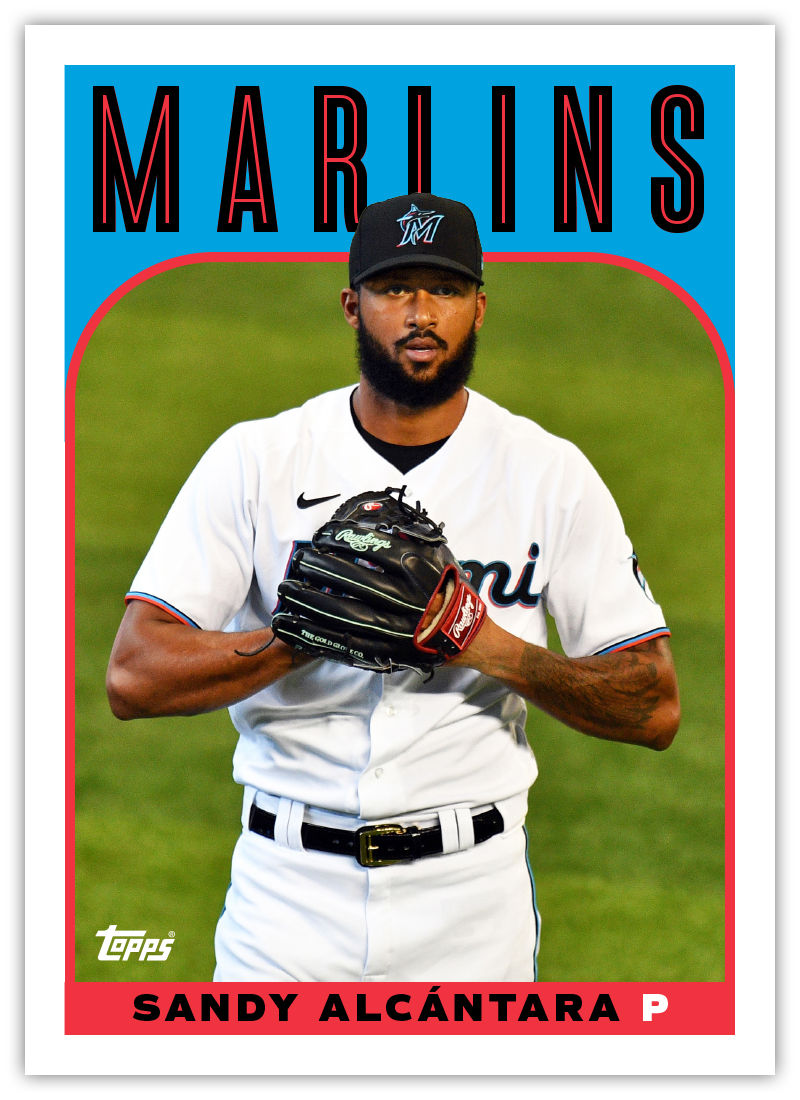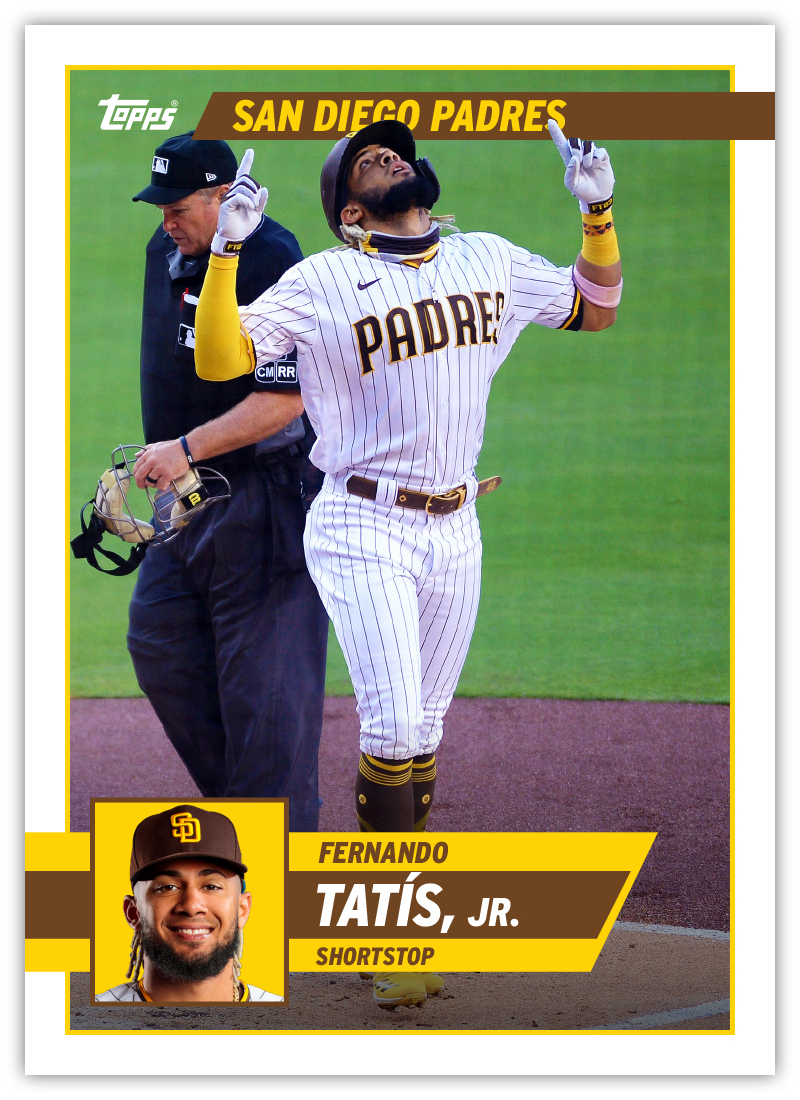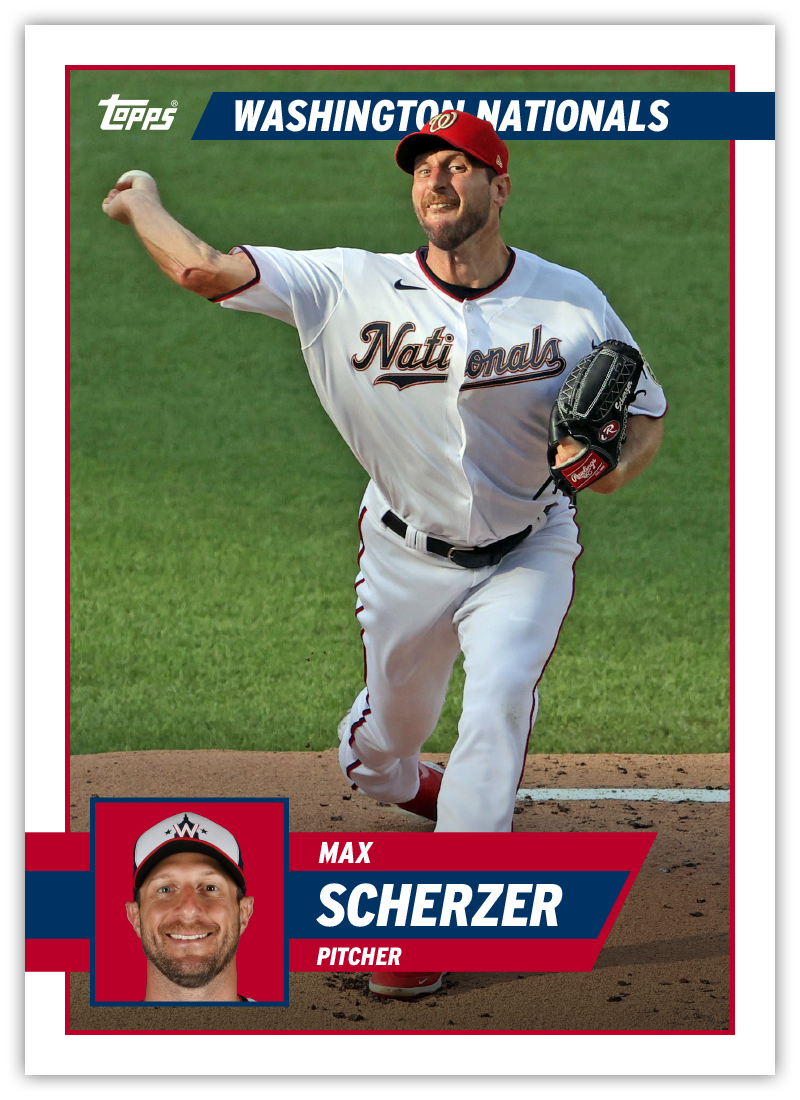Oddly enough, 2006 was the first remix I did for this project. I can’t remember specifically what spurred the idea of doing the whole decade or what compelled me to remix 2006, but as soon as I was done with it, it seemed like a no-brainer to tackle all ten designs.
While I don’t “get” the black bar on the foil curve that’s at the top of the original, I decided to keep it pretty close to the same. I suppose this is back around the time banners and ribbons started showing up a lot in the broader design trends, so maybe it was an attempt at that? I did tighten it up a bit so it doesn’t extend as far left-to-right and also shortened it up so it doesn’t dip below the foil arch at the top of the photo. Even though I’m usually a sucker for photo elements breaking borders, I didn’t think it was a good look here since the first border around the photo is foil. I’m sure you’ve experienced some wacky foil-stamping misalignment over the years. In this instance, the nice, smooth border is a must.
For the color bars, I kept them pretty much the same at top, with both bars the same thickness but added a think black stroke to help keep them separated. Where they stretched down to the bottom, I decided to make the primary bigger and have it house the player name. I ditched the banner where it used to live for a couple reasons: a) I didn’t like the shape of the flag edges folding back along the edges; b) it was too small and made the player name tiny to fit the space. Ditching the banner gave me more space to make the name bigger and legible and got rid of that little sliver of photo peeking through. The bottom bar has just enough space for the player position and also got rid of some of the extraneous black that Topps was in love with for that period.
Again, I went back-and-forth with how much to keep and how much to ditch, but since getting rid of the banner at the bottom was DEFINITELY going to happen, I decided the team name foil treatment had to stick around. In the end, I’m pretty happy with this remix.





















